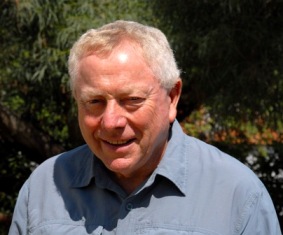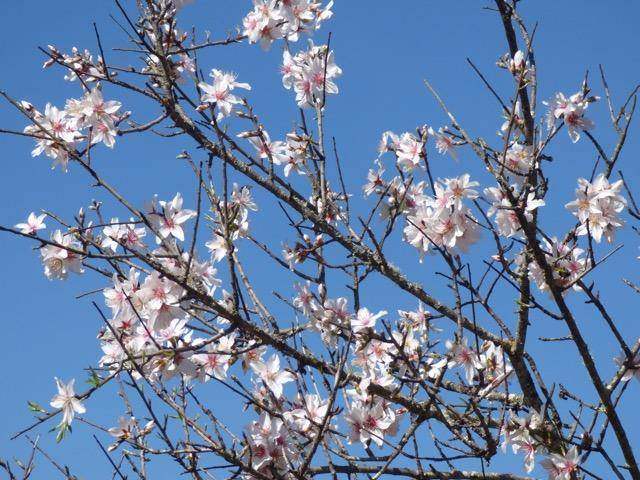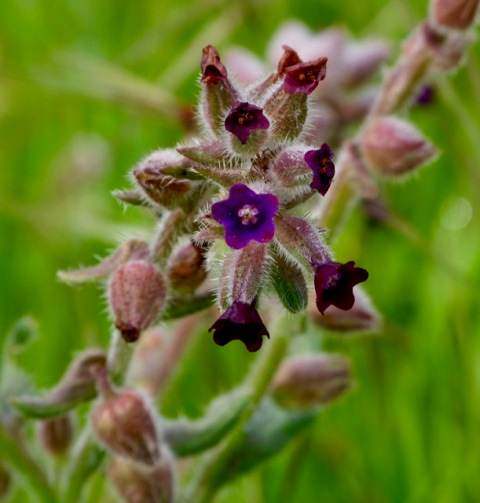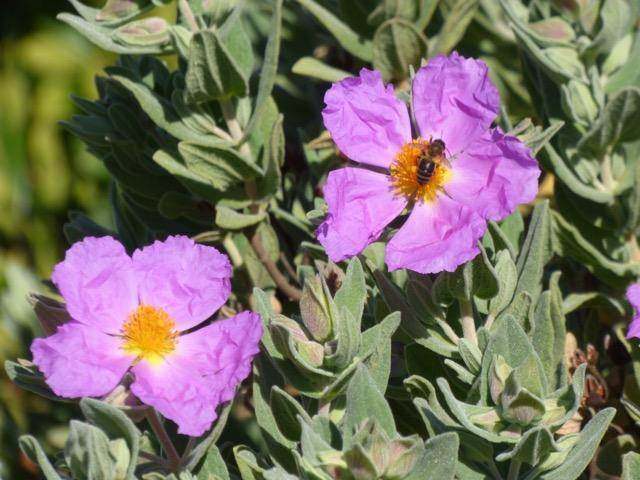Out with Papa-figos

Clive Viney - co-author of Algarve Wildlife - the natural year
Papa-figos (which literally translates as fig eater) is the Portuguese name for the Golden Oriole, one of the iconic visiting birds of the Algarve. Clive Viney is the co-author of Algarve Wildlife - the natural year, and now, under the guise of Papa-Figos, chronicles his finds, thoughts and feelings while walking in the Algarve countryside throughout the natural year. Look out for his regular updates, illustrated by his fellow co-author and photographer, Ray Tipper, who has kindly provided some of the photographs that illustrate these articles by clicking through from the links below.
Snowfinch
I’ve not a drop of Scottish blood but my lassie’s father was a proud Scot and Barbara was brought up in Dunfermline. Accordingly, Burn’s Supper, with all of the trimmings, is never missed. Although I knew that the mix of good malt whisky and fine wine with friends would mean a slow start, I was determined to get up and see what Mother Nature would gift me.

Almond Blossom
Northern Europe may have been in the grip of severe winter weather but here in the Algarve the sun shone from the bluest of skies and the air was as sharp as crystal. The almond blossom was at its zenith and any lingering cobwebs in my head were soon blown away.
A small pied bird zipped into a carob tree ahead of me. A search of the upper branches revealed a tiny Lesser Spotted Woodpecker going about its business and not far away, drumming betrayed not one but two Great Spotted Woodpeckers on a bare trunk. And not much later I heard the hysterical yaffle of an Iberian Green Woodpecker. Not a bad start.

Nonea Nonea vesicaria
As winter gives way to spring, on every outing new flowers appear. Today it was Nonea and Grey-leaved Cistus.

Grey-leaved Cistus Cistus albidus
If I had to pick the most unlikely bird to see in Tavira then it would be a Snowfinch Montifringilla nivalis. This mountain specialist breeds no closer to the Algarve than the Picos de Europa in northern Spain, where it rarely descends below 2,000 metres. Well, surprise surprise, this morning on an almond tree not much above sea level, I had an excellent view of a Snowfinch. There were plenty of finches and Blackcaps about and when I first saw the bird I thought that it was some sort of partially albino finch. As the bird moved from branch to branch, the white, horizontal wing panel was obvious. When it flew, the wings and tail showed an extraordinary amount of symmetrical white. Unfortunately, I had forgotten my camera. Although it was an unfamiliar bird, my thoughts focused on Snowfinch and I knew that I had to carefully eliminate the more likely but still very rare Snow Bunting. Despite its name the Snowfinch is a sparrow.

Snowfinch - Picture Ray Tipper: Licence enquiry...
Later at home, looking at Collins Bird Guide I determined that the bird was a male Snowfinch in winter plumage. I recalled that my friend Simon Wates had seen Snowfinches in the winter, years ago at Cabo de São Vicente and a check of the Internet revealed that Snowfinches were seen at Aljezur, in the western Algarve, in January and February last year. This photograph of a Snowfinch, taken by Ray Tipper, was one of last year’s Aljezur birds. We are forever learning from observations in the Algarve and it now seems likely that Snowfinches are altitudinal migrants, especially in very severe winters.

